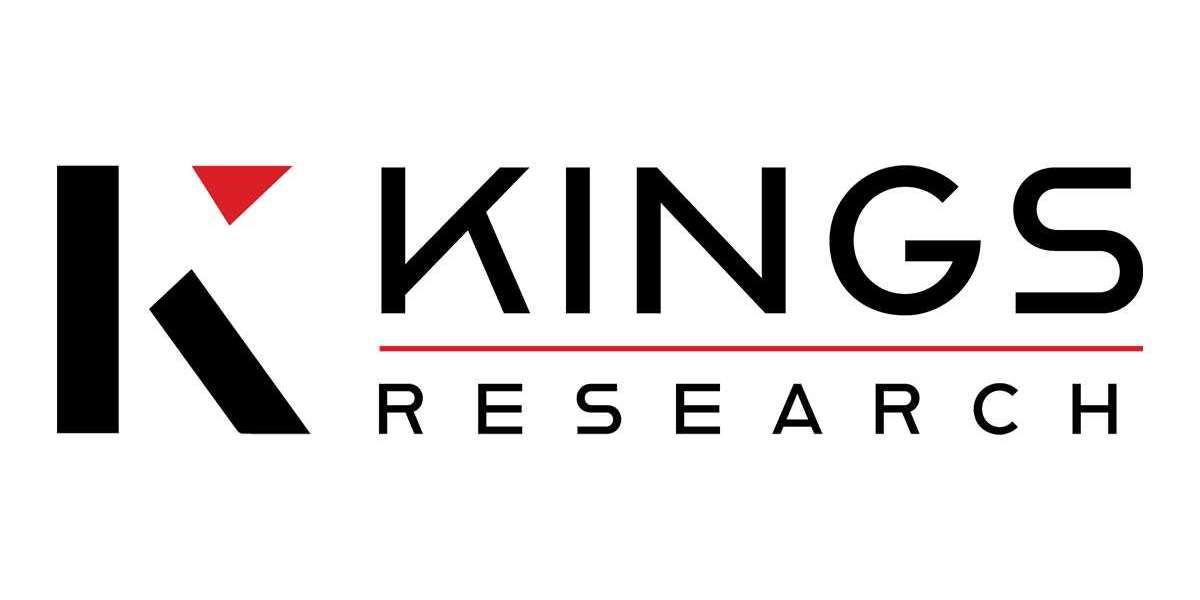In today’s fast-paced healthcare environment, medical professionals are under constant pressure to provide the best care to their patients while managing administrative tasks. One often overlooked but essential member of the healthcare team is the medical scribe. These professionals play a vital role in helping doctors and other healthcare providers focus on what they do best – caring for patients. Whether in-person or remote, medical scribe services have become an indispensable part of modern healthcare.
What is a Medical Scribe?
A medical scribe is a trained professional who assists healthcare providers by documenting patient encounters. Their primary responsibility is to ensure that every detail of a patient's visit is accurately recorded in the electronic health record (EHR). By managing documentation, medical scribes allow physicians to focus on patient care without the distraction of entering data.
A medical scribe's duties include transcribing the physician’s notes, documenting medical histories, recording test results, and ensuring all necessary paperwork is completed. This enables doctors to spend more time with their patients and less time on administrative tasks.
A Typical Day for a Medical Scribe
A medical scribe’s day varies depending on the healthcare setting they work in, but the role remains focused on supporting healthcare providers and ensuring accurate records. In a hospital or clinic, scribes work alongside physicians during patient consultations. Their main job is to document everything the physician says and does, from the patient’s complaints to the physical examination findings.
As the doctor interacts with the patient, the scribe documents relevant information in real-time. The scribe may ask for clarification on medical terminology or take notes on medications, diagnoses, and treatment plans. After the consultation, the scribe ensures that the EHR is updated with all relevant information, leaving the physician free to focus on the next patient.
For medical scribes working in a remote setting, the job is a bit different. Remote scribes still document the same information, but instead of being in the room with the physician and patient, they work from a distance. Using telemedicine platforms or secure communication channels, remote scribes listen in on consultations and document the same information as they would in an in-person encounter.
The Rise of Remote Scribes
In recent years, remote scribe services have become increasingly popular. This shift allows healthcare providers to access skilled scribes without the need to hire someone on-site. Remote scribes can work from anywhere, providing flexibility and reducing overhead costs for healthcare facilities.
For medical scribes, the rise of remote work offers greater flexibility in their daily routine. They can work from home, saving on commute time and enjoying a more balanced work-life dynamic. However, remote scribes face unique challenges, such as ensuring clear communication and maintaining high levels of confidentiality and security while handling patient data.
The Benefits of Medical Scribe Services
The benefits of using medical scribe services are far-reaching, both for healthcare providers and patients. By removing the burden of documentation, physicians can focus more on patient care and improve the quality of the patient experience. Medical scribes can help reduce the time physicians spend on administrative tasks, allowing them to see more patients and provide better care.
For patients, having a scribe in the room can lead to more personal and focused attention from their healthcare provider. The physician is able to concentrate on the patient without worrying about documenting the encounter. Additionally, scribes ensure that no details are missed, resulting in more accurate medical records.
Why Medical Scribes are Essential to Patient Care
The role of a medical scribe is indispensable in today’s healthcare system. Without scribes, healthcare providers would be overwhelmed with the volume of documentation required for each patient interaction. Medical scribes give doctors more time to spend with their patients, which can ultimately improve patient outcomes.
Furthermore, medical scribe services help ensure compliance with legal and regulatory standards. Proper documentation is critical for maintaining accurate records, which can be vital for treatment decisions, billing purposes, and even legal protection in case of disputes.
A Growing Demand for Medical Scribes
The demand for medical scribes continues to grow as healthcare providers seek ways to streamline their practices and improve patient care. According to recent reports, the number of healthcare organizations utilizing scribe services has increased significantly, with many practices opting for remote scribe services to reduce costs and enhance efficiency.
In conclusion, medical scribes play an essential role in modern healthcare, both in-person and remotely. They help physicians save time, reduce administrative burdens, and improve patient care. As healthcare continues to evolve, the role of the medical scribe will only become more important, ensuring that physicians can deliver the best possible care to their patients without being bogged down by the complexities of documentation.







